Cellulose ethers are a group of water-soluble polymers derived from cellulose, a natural polymer found in plant cell walls. They are widely used in the construction industry due to their unique properties and versatility. Here are some of the key effects and benefits of cellulose ethers in the construction sector:
1. Water Retention:
Effect: Cellulose ethers have excellent water retention properties, which is particularly advantageous in cement-based materials.
Benefits: Improved workability and extended setting times in mortar and concrete, reducing the risk of cracking and enhancing the overall quality of the construction material.
2. Improved Adhesion:
Effect: Cellulose ethers act as thickeners and adhesion promoters.
Benefits: Enhanced bond strength between construction materials, such as tiles and adhesives, leading to increased durability and reduced likelihood of delamination.
3. Workability and Rheology Control:
Effect: Cellulose ethers function as rheology modifiers.
Benefits: They contribute to the desired consistency and workability of construction materials, such as plaster and grouts. This ensures easier application and better performance on-site.

4. Increased Open Time:
Effect: Cellulose ethers extend the "open time" of certain construction products.
Benefits: Longer open time allows for more flexible application and adjustments, particularly in the case of tile adhesives, reducing waste and improving overall work efficiency.
5. Improved Slip Resistance:
Effect: Cellulose ethers contribute to anti-sag properties.
Benefits: In vertical applications, such as plastering or rendering, cellulose ethers help prevent material slumping, ensuring better adherence to surfaces and improving the final appearance of the construction.
Explore more:What is manganese sulphate fertilizer used for?What does anti corrosion primer do?Xylitol vs. Erythritol, What Are You Concerned about?How long does spray adhesive last?Iodo-1-P-Tolyl-Propan-1-One: A Versatile Chemical CompoundSodium Bicarbonate for Pools: Why You Should Put It in Your Swimming Pool?THE POWER OF VITAMIN C: A COMPREHENSIVE GUIDE TO ITS BENEFITS6. Thermal Insulation:
Effect: Some cellulose ethers for Construction contribute to thermal insulation properties.
Benefits: In specific applications, cellulose ethers can enhance the insulation properties of construction materials, contributing to energy efficiency in buildings.
7. Reduced Shrinkage:
Effect: Cellulose ethers can mitigate the shrinkage of cementitious materials.
Benefits: Minimizing shrinkage helps reduce the formation of cracks in concrete and other construction materials, improving the overall durability and longevity of structures.
8. Improved Sprayability:
Effect: Certain cellulose ethers aid in the formation of sprayable mixtures.
Benefits: Facilitates the application of coatings and finishes using spray techniques, allowing for more efficient and uniform coverage.
9. Environmental Considerations:
Effect: Cellulose ethers powder are derived from renewable resources.
Benefits: This makes them an environmentally friendly choice, aligning with sustainable construction practices and meeting the growing demand for eco-friendly building materials.
In summary, cellulose ethers play a crucial role in the construction industry by providing numerous benefits, including water retention, improved adhesion, workability, and rheology control. Their diverse applications contribute to the performance, durability, and sustainability of construction materials and practices.
Explore more:What is thymol crystals?What is zinc sulfate monohydrate used for?11 things you should know about Acrylic EmulsionThe Key Role of HPMC in Tile AdhesivesMethyl Methacrylate Production Plant: Crafting Quality in Every StepMethane Gas: Navigating the Environmental LandscapeWhat Materials Won't Adhesive Stick To?




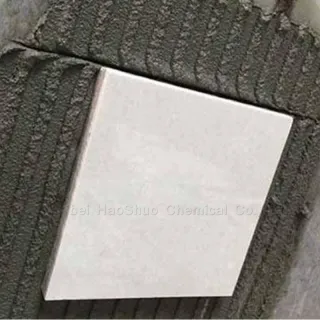
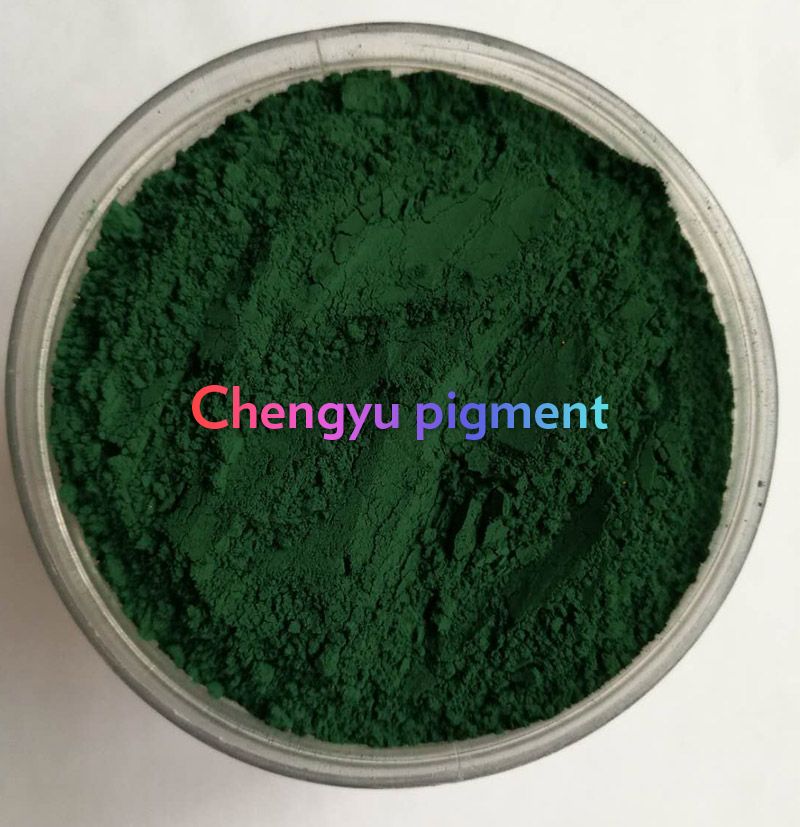


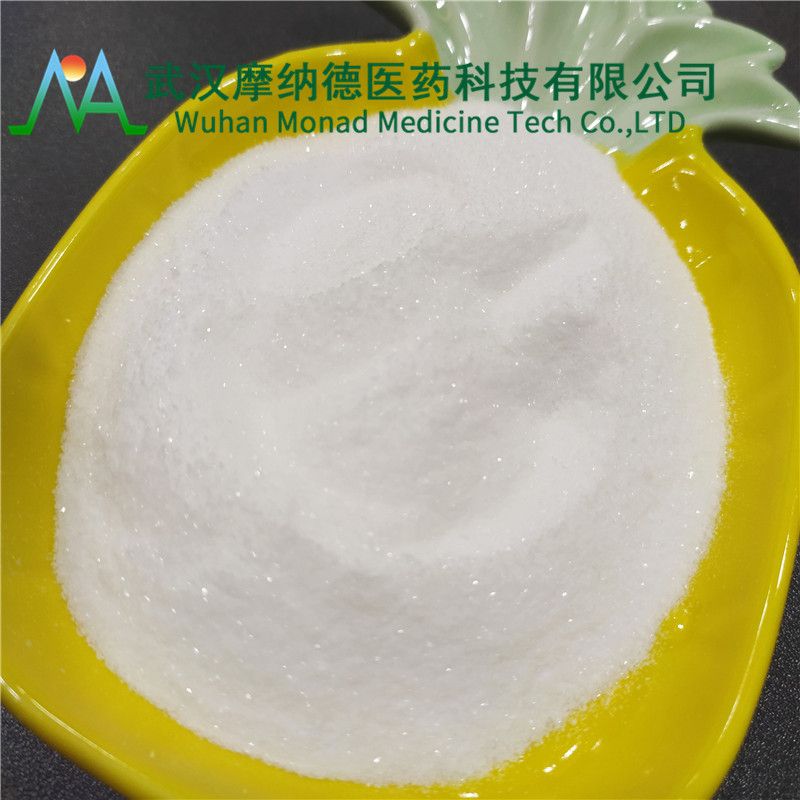

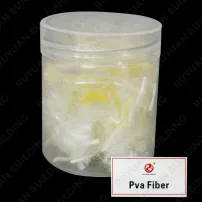
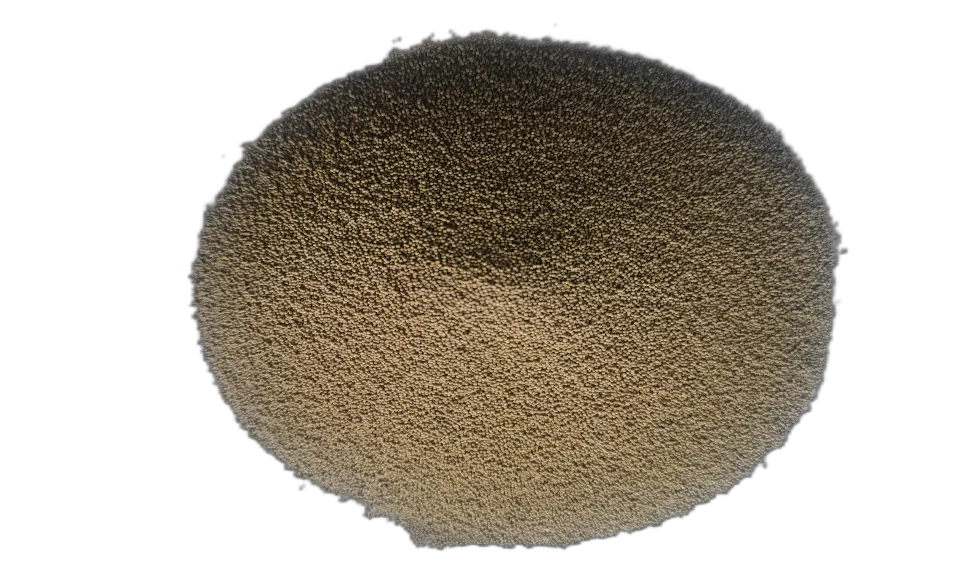
Comments
Please Join Us to post.
0